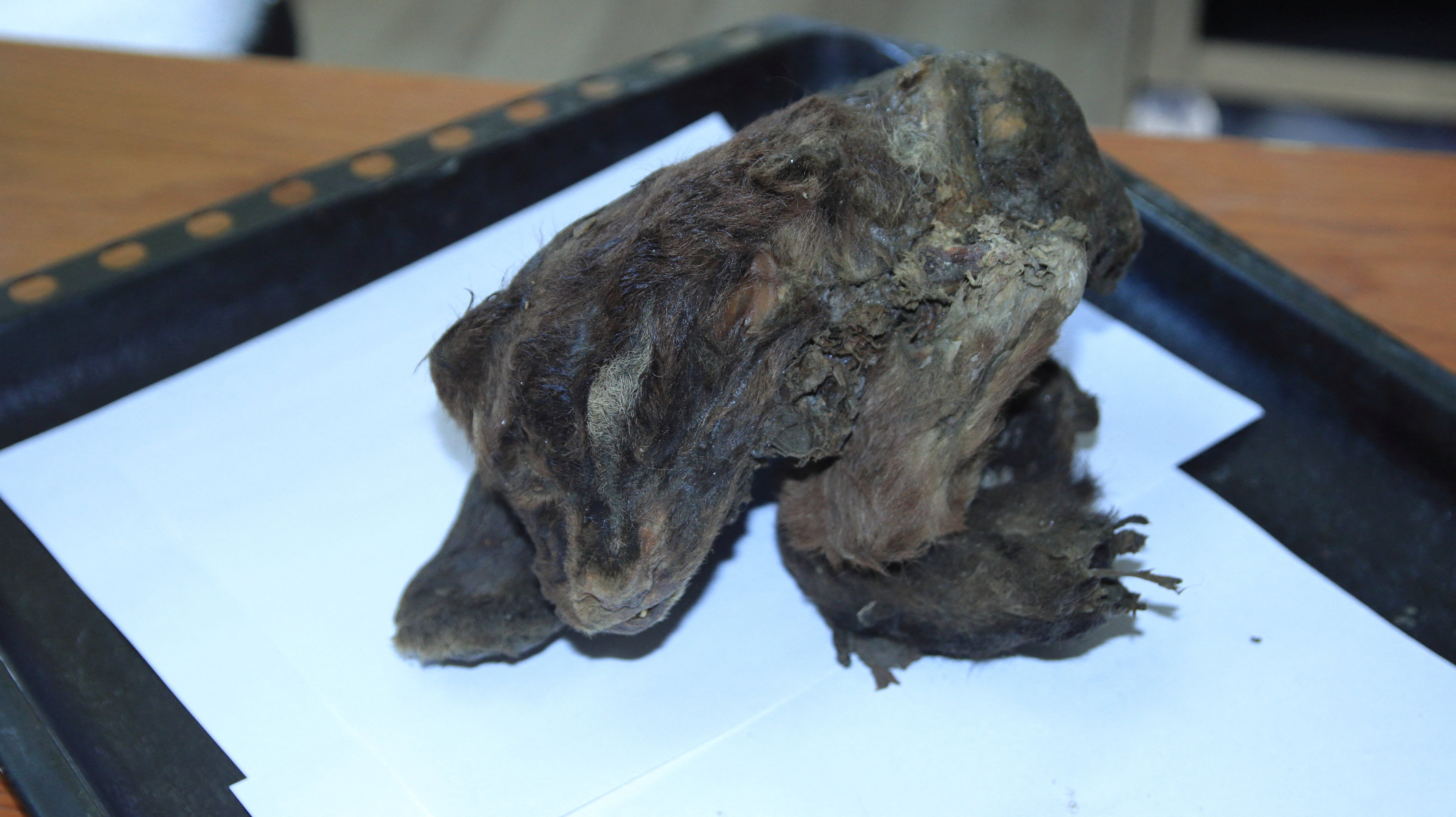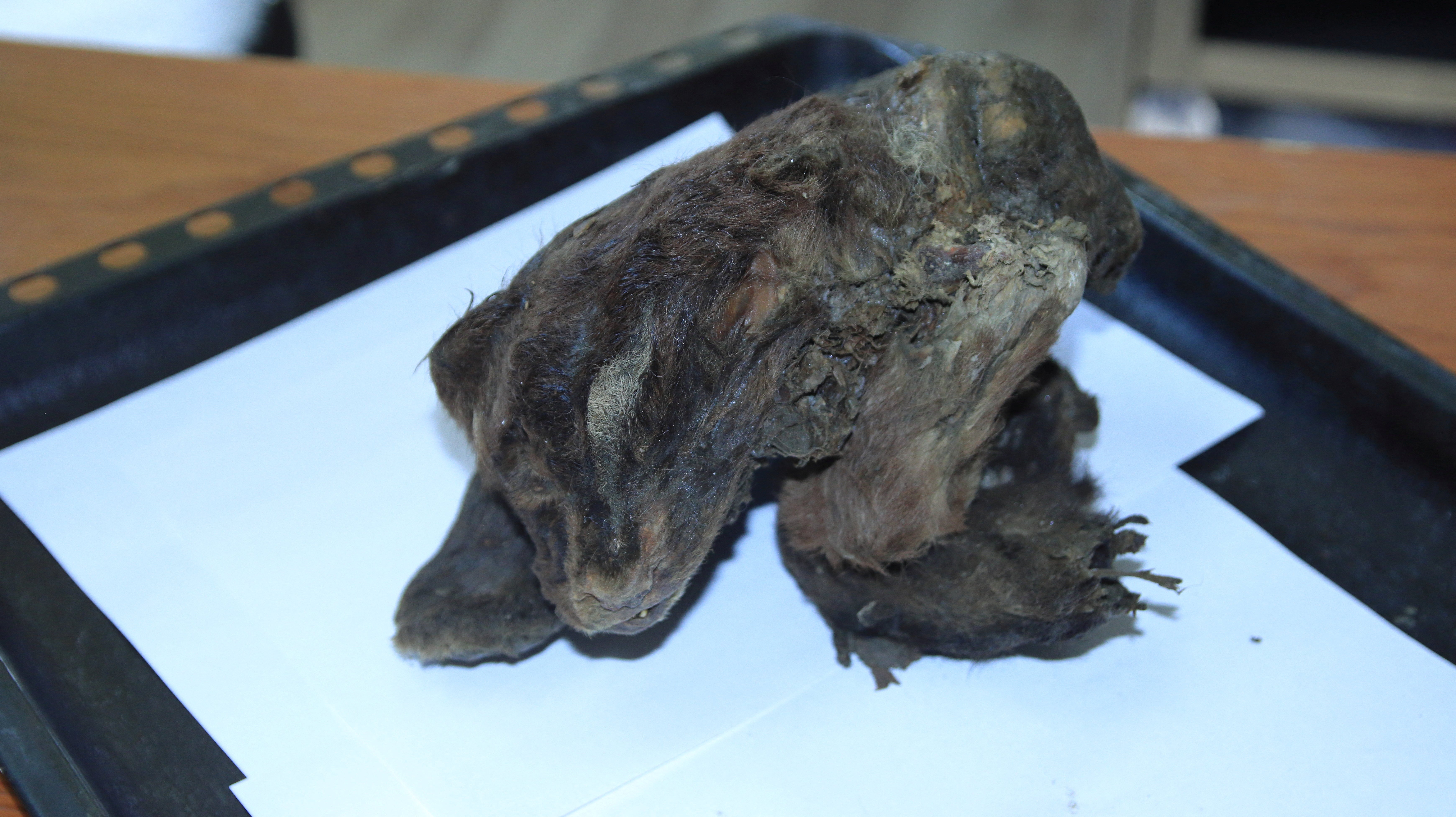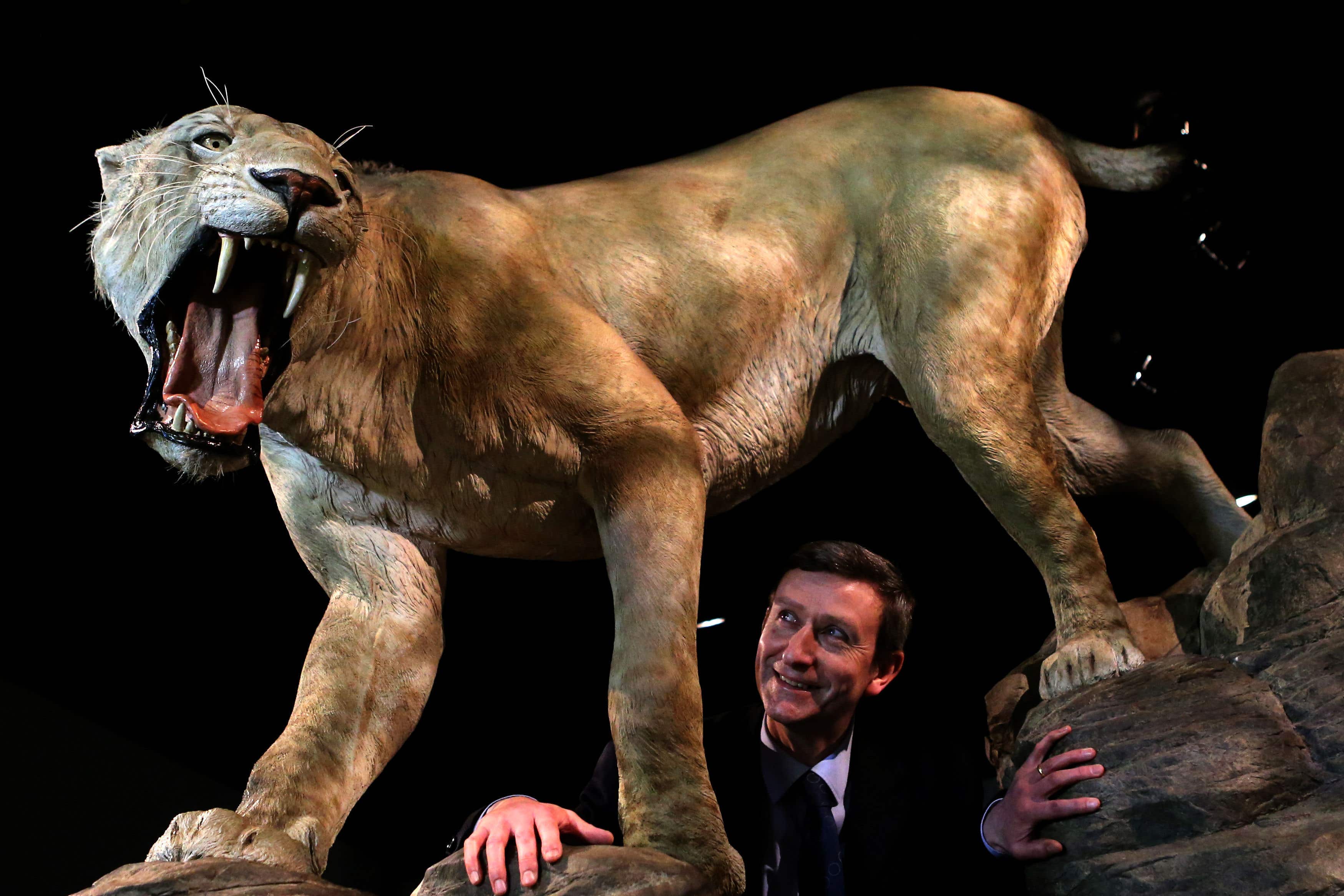Frozen in time discovery finally shows what sabre-toothed cats looked like
Russia’s permafrost is melting and revealing animal remains and other ancient traces

Your support helps us to tell the story
From reproductive rights to climate change to Big Tech, The Independent is on the ground when the story is developing. Whether it's investigating the financials of Elon Musk's pro-Trump PAC or producing our latest documentary, 'The A Word', which shines a light on the American women fighting for reproductive rights, we know how important it is to parse out the facts from the messaging.
At such a critical moment in US history, we need reporters on the ground. Your donation allows us to keep sending journalists to speak to both sides of the story.
The Independent is trusted by Americans across the entire political spectrum. And unlike many other quality news outlets, we choose not to lock Americans out of our reporting and analysis with paywalls. We believe quality journalism should be available to everyone, paid for by those who can afford it.
Your support makes all the difference.A new discovery by Russian scientists has amazed the palaeontology community and can show for the first time what sabre-toothed tigers really looked like.
The sabre-toothed cat cub is almost small enough to hold in one hand, but its discovery after 32,000 years is a momentous event for palaeontologists.
Unlike previous skeletal specimens unearthed in Texas, this cub still has its dark brown fur.
It was around three weeks old when it died in what is now northeastern Russia - and the permafrost has kept it well-preserved ever since.
Scientists from the Academy of Sciences in Yakutia in the Far East say it is a unique find.
“Nowhere else has it been found in such good preservation” said the academy’s Aisen Klimovsky who co-authored a paper on the cub published in the journal Scientific Reports this month.

“This is the first find that will show the world what they really looked like,” said Klimovsky of the Department for the Study of Mammoth Fauna at the institute in Yakutsk, the regional capital.
“It unlocks nature’s big secret, so to speak.”
Researchers stumbled upon the cub four years ago while digging for mammoth tusks near the Badyarikha river in Sakha, also known as Yakutia and Russia’s largest republic.
Bordering the Arctic Ocean, Yakutia is a vast region of swamps and forests larger than Argentina, around 95% of which is covered in permafrost.
Rising global temperatures caused by climate change are melting much of Russia’s permafrost, revealing animal remains and other ancient traces. Earlier this year, scientists at the Yakutsk institute were able to study a 44,000-year-old wolf carcass pulled from the melted tundra.

The cub is part of the homotherium genus, which lived across North America, Eurasia and Africa from around 4 million years ago to 12,000 years ago. The animals were about the size of lions when full grown and are known for their serrated upper incisors.
Albert Protopopov, head of the Mammoth Fauna department and a co-author of the Nature paper, said the discovery would be a boon to palaeontologists around the world.
“It’s a real sensation,” he told Reuters.
Join our commenting forum
Join thought-provoking conversations, follow other Independent readers and see their replies
Comments